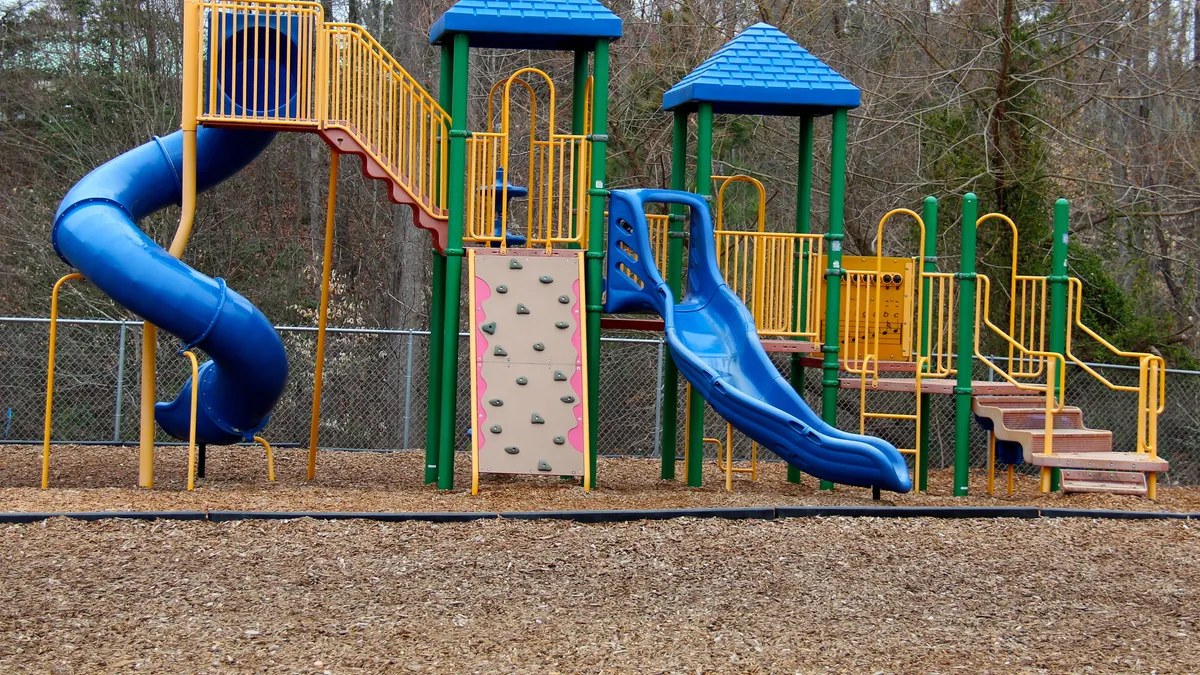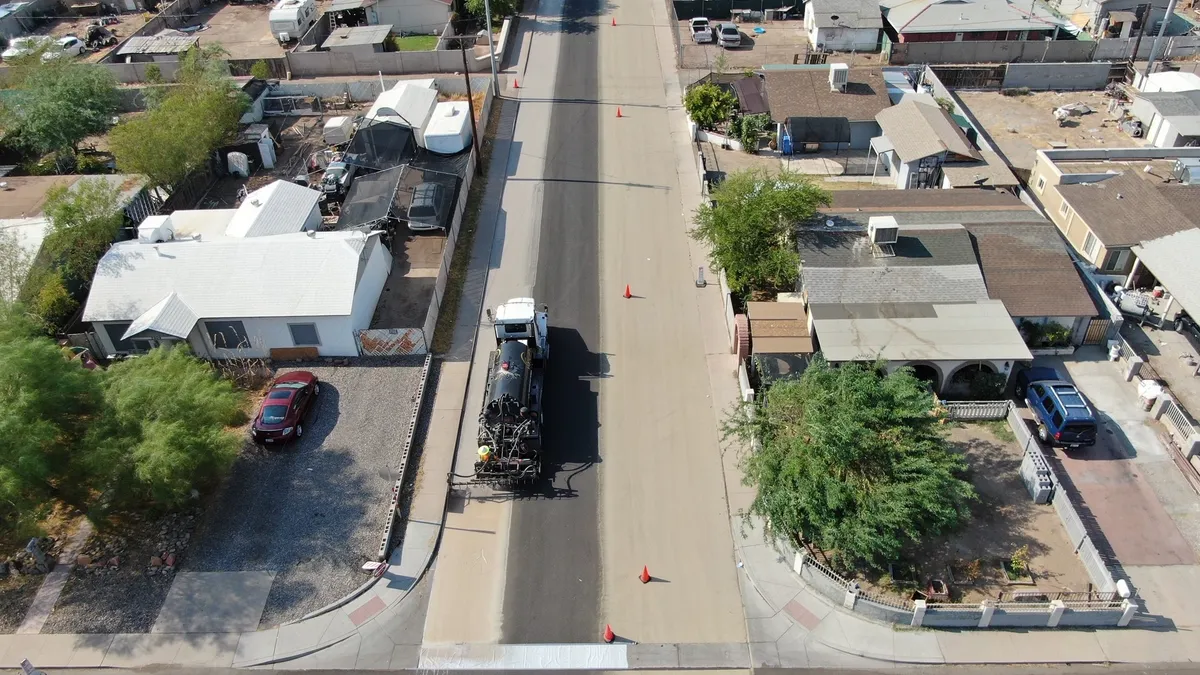Dive Brief:
- A new report found that spending on urban parks in the U.S. went up this year by more than $400 million, but more work is needed to ensure all city residents live within a 10-minute walk of a park.
- The Trust for Public Land (TPL) report found that public spending on parks reached $7.5 billion in 2018, up $429 million over last year's figure. TPL found that 70% of people live within a 10-minute walk of a park, up from 69% last year.
- Minneapolis topped TPL's 2018 ParkScore rankings as having the best park system in the U.S., ahead of neighboring St. Paul, MN in second; Washington, DC in third and Arlington County, VA in fourth.
Dive Insight:
TPL is pushing hard for city residents to be a 10-minute walk or less from a park. The organization unveiled its ParkServe tool earlier this year in collaboration with mapping software Esri to provide information on who does and does not have such access. The benefits of parks, especially for those who live in cities, include higher levels of physical activity for residents while mitigating the risk of storm damage and helping with issues like carbon emissions. “High quality parks make cities healthier in nearly every way,” Adrian Benepe, TPL’s senior vice president and director of city park development, said in a statement.
ParkScore’s rankings are based on access, acreage, investment and amenities, which counts the availability of features like off-leash dog parks, playgrounds, basketball hoops, “splashpads” and restrooms. The rankings added the latter two this year as part of its calculations on amenities, as well as volunteer hours and charitable contributions for spending. This shows how the onus is on cities to make parks as attractive as possible and also to ensure their residents are involved and engaged.
Cities at the bottom of the rankings, including Charlotte, NC; Mesa, AZ; and Hialeh, FL, should see this list as a call to action to make improvements to their parkland. This is especially concerning given studies by the U.S. Department of Agriculture (USDA) Forest Service, which found the need for urban forests will grow as cities use more land, while the number of trees in U.S. cities is falling by 36 million per year. With environmental concerns and population health top-of-mind, cities will not want to be at the bottom of these rankings for long.











